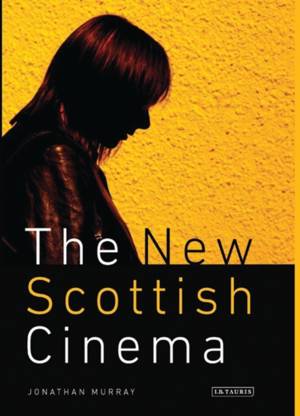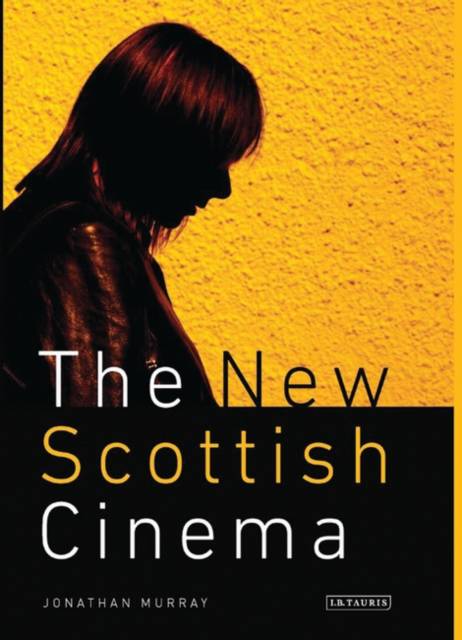
Je cadeautjes zeker op tijd in huis hebben voor de feestdagen? Kom langs in onze winkels en vind het perfecte geschenk!
- Afhalen na 1 uur in een winkel met voorraad
- Gratis thuislevering in België vanaf € 30
- Ruim aanbod met 7 miljoen producten
Je cadeautjes zeker op tijd in huis hebben voor de feestdagen? Kom langs in onze winkels en vind het perfecte geschenk!
- Afhalen na 1 uur in een winkel met voorraad
- Gratis thuislevering in België vanaf € 30
- Ruim aanbod met 7 miljoen producten
Zoeken
€ 296,95
+ 593 punten
Omschrijving
From a near standing start in the 1970s, the emergence and expansion of an aesthetically and culturally distinctive Scottish cinema proved to be one of the most significant developments within late-twentieth and early twenty-first-century British film culture. Individual Scottish films and filmmakers have attracted notable amounts of critical attention as a result. The New Scottish Cinema, however, is the first book to trace Scottish film culture's industrial, creative and critical evolution in comprehensive detail across a forty-year period. On the one hand, it invites readers to reconsider the known - films such as Shallow Grave, Ratcatcher, The Magdalene Sisters, Young Adam, Red Road and The Last King of Scotland. On the other, it uncovers the overlooked, from the 1980s comedic film makers who followed in the footsteps of Bill Forsyth to the variety of present-day Scottish film making - a body of work that encompasses explorations of multiculturalism, exploitation of the macabre and much else in between.In addition to analysing an eclectic range of films and filmmakers, The New Scottish Cinema also examines the diverse industrial, institutional and cultural contexts which have allowed Scottish film to evolve and grow since the 1970s, and relates these to the images of Scotland which artists have put on screen.
In so doing, the book narrates a story of interest to any student of contemporary British film.
In so doing, the book narrates a story of interest to any student of contemporary British film.
Specificaties
Betrokkenen
- Auteur(s):
- Uitgeverij:
Inhoud
- Aantal bladzijden:
- 304
- Taal:
- Engels
- Reeks:
Eigenschappen
- Productcode (EAN):
- 9781845118617
- Verschijningsdatum:
- 30/05/2015
- Uitvoering:
- Hardcover
- Formaat:
- Genaaid
- Afmetingen:
- 157 mm x 236 mm
- Gewicht:
- 498 g

Alleen bij Standaard Boekhandel
+ 593 punten op je klantenkaart van Standaard Boekhandel
Beoordelingen
We publiceren alleen reviews die voldoen aan de voorwaarden voor reviews. Bekijk onze voorwaarden voor reviews.









